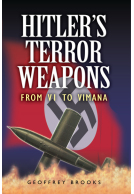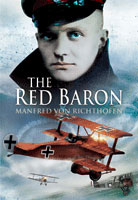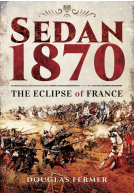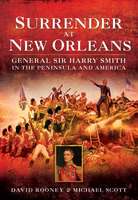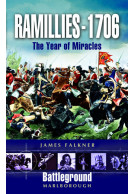A History Of The British Cavalry 1816-1919 Volume 7 (Hardback)
The Curragh Incident And The Western Front 1914
Imprint: Pen & Sword Military
Series: A History of the British Cavalry
Pages: 262
ISBN: 9780850524376
Published: 15th November 1994
Last Released: 1st August 2007
(click here for international delivery rates)
Order within the next 11 hours, 9 minutes to get your order processed the next working day!
Need a currency converter? Check XE.com for live rates
| Other formats available - Buy the Hardback and get the eBook for free! | Price |
|---|---|
| A History Of The British Cavalry… eBook (12.2 MB) Add to Basket | £6.99 |
In Volume VII it is shown how superior the British Cavalry was to those of the French and German in the first five months of the Great War. A major factor in their success was their skill in dismounted firepower and their capacity to move speedily from one point to another.
The late 7th Marquess of Anglesey did military historians and the public at large a huge favour when he set out on his mammoth task to document the history of the British Cavalry between 1816 and 1919. Thankfully he completed his labour of love and these volumes are a fitting epitaph to him.
Paul Nixon, Amazon Reviewer
Volume 7 deals with the Curragh Incident and the cavalry on the Western Front in 1917. In common with other volumes in this series that I have read, the book is written in such an easy and engaging style that even those with no particular interest in either cavalry or military history could easily find themselves drawn to the subject matter. Furthermore, adopting conventions which were the norm in books written a hundred years ago or more, we find a single line précis at the head of each page - the key point on each picked out so that we, the readers, can quickly skim if we want to, making sure that we don't miss the key messages.
This particular volume benefits from the odd cartoon or illustration dotted throughout but it is the Marquess's easy and fluid style coupled with rigorous research (backed up with source notes) that makes this book such a joy. I always got the feeling that the author was a man who had an enormous fondness for his subject matter, and was someone who didn't pull punches. He succinctly gets his points across time and time again without ever making heavy weather of what, at times, is a difficult subject.
Concluding his preface to this volume, the 7th Marquess of Anglesey writes, "Increasingly strict censorship of letters home from all ranks is a curse for historians of war from 1914 onwards. A great deal of first-hand evidence such as was available in earlier conflicts has been lost for ever. It is especially sad to contemplate how many anecdotes - intrinsically interesting and revealing, yet of no use to the enemy - must have fallen to the scissors of the censor."
I should add finally, that the bibliographies included in these volumes are also extremely useful and I have used these on many occasions to augment my own collection of military memoirs.
About The Marquess of Anglesey
Lord Anglesey, born in 1922, lived in his ancestral home, Plas Newydd, on the Isle of Anglesey, which he handed over to the National Trust in 1976.
He was Vice- President of the Society of Army Historical Research, President of the Victorian Military Society and of the Crimean War Research Society.
Another of his interests was shown by his past chairmanship of the Historic Buildings Council for Wales. He was also President of the Ancient Monuments Society, a founder member of the Redundant Churches Fund and of the National Heritage Memorial Fund and a Trustee of the National Portrait Gallery.
He was a Fellow of the Society of Antiquaries, the Royal Historical Society, the Royal Society of Literature and an Honorary Fellow of the Royal Institute of British Architects. He was also an Honorary Doctor of Literature of the University of Wales and was Lord Lieutenant of Gwynedd in the 1980s.
He passed away, aged 90, in July 2013.


















